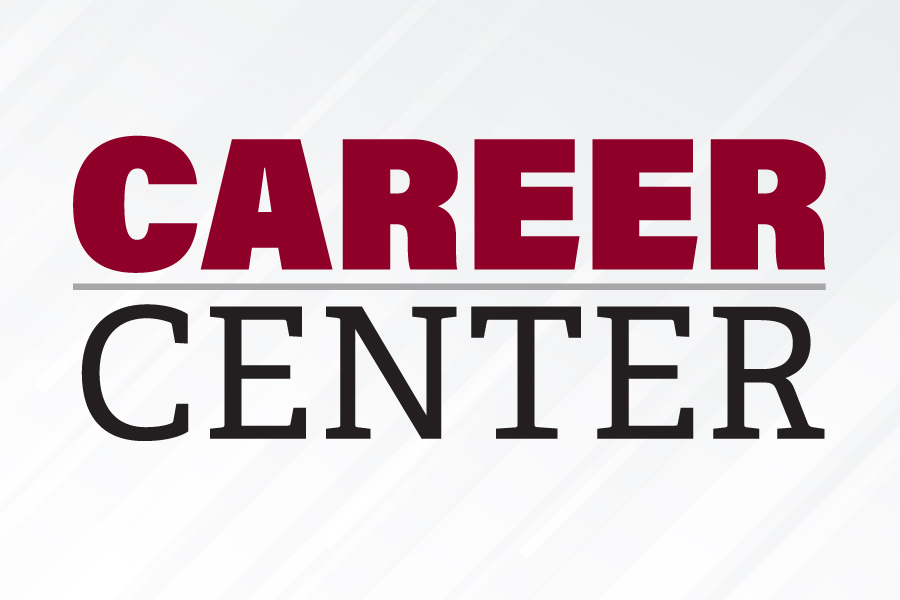Pierce College Employment & Education Fair Reminder!
There is still time to attend the Employment & Education at Puyallup on Wednesday. This event is open to students, community members, faculty, and staff - free for job seekers!
May 21, 2025 - Puyallup Campus 10 a.m. to 1 p.m. – College Center 2nd floor
The Employment & Education Fair is for YOU no matter where you are in your career journey. Attending jobs fairs early in your education connects you with recruiters who can answer questions about your career pathway and provide insights that may change which courses you choose. In addition to employment, these events may also lead to possible internships, job-shadowing, informational interviews, and volunteer opportunities! Job fairs can help students practice their networking skills, build social capital, and connect with WorkSource staff who will be onsite to assist with resume reviews. Students can view registered employers in Handshake, no registration is required for students and job-seekers.
Do not assume an employer does not have what you are searching for. Too often, job seekers make an assumption that an employer is only recruiting for a specific pathway. The reality is that many are recruiting across career pathways. Law enforcement employers still need human resource staff. Healthcare employers need accounting staff. Education employers need technology staff. A person may be surprised what a recruiter is searching for and the connections they may have.
Be Your Own Cheerleader!
Whether during an interview, attending a job fair, or networking, advocating for yourself can feel uncomfortable at first. Below are some tips and strategies for connecting with employers.
Know your short- and long-term goals. This takes some time and research. What career pathway are you currently pursuing and where can it take you? What occupations/job titles could you apply to once you complete each step of your education? There are many resources to help you do research: My Next Move or Washington Career Bridge.
What are some of your favorite accomplishments? This could be something from your work experience, volunteering, community service, school, or a personal accomplishment. Be able to explain how you contributed to that accomplishment and why it has made an impact on your life.
Be able to identify strengths and areas of growth. Employers often ask you to identify these in an interview. Have 3-5 of each prepared that you are comfortable sharing.
Have examples prepared. Employers will often ask you to tell them about a time when _______ happened. Preparing several examples ahead of time will help to boost your confidence and you will be able to answer on the spot. Be sure to include what the situation/challenge was, what action(s) did YOU take, and what was the end result.
Be open. Making eye contact, offering up a smile, being the first to say hello can help to set the stage for opening up a conversation and making a human connection.
Resumes – Which Format is Best?
Your resume is your first impression to a potential employer. What you say, how you say it, and how it looks does matter. A recruiter or employer may look at a resume for only a few seconds before deciding to either remove it from consideration or to take a deeper look at the resume contents.
There are four main format styles for a resume. Unless specified by the employer, choose the format that gives the strongest presentation of your abilities, education, and experience.
- Chronological – This format highlights your work history starting with current/most recent position held and then works backwards, listing previous positions. This format is most popular and provides the employer with a clear picture of your work history, showcasing accomplishments for each employer.
- Functional – This format highlights your areas of expertise and skills. This format is ideal for applicants whose work history may have gaps, if they are changing careers pathways, or if they have worked for the same employer for a very long time.
- Combination – This format brings out the best of both, highlighting skills and work history. It is popular with professionals who have a strong work history with the same employer but in various positions.
- Federal – This format is specific to applying to Federal Jobs and contains more details about employment such as employer’s address, wage information, and reason for separating (items usually not included in the other formats above). These resumes are usually much longer than the traditional 1-2 pages and it is important to follow a federal resume template.
No matter which format you choose, keep these rules in mind:
- Be honest and accurate. Employers will check!
- Proofread! Have more than one person read over your resume. Spellcheck will not catch it if the word is spelled correctly but is used in the wrong way. Your brain may overlook the error. Tip: read it from right to left or have the computer read it out loud so you can hear it.
- Be consistent. Margins should line up, spaces should be even, and font should be the same throughout.
- Use key words and industry specific terms. The employer will be looking for them and they will help your resume stand out.
Is Your 2025-2026 FAFSA or WAFSA Completed?
Gerard Tedpahogo, our MDC Collocated staff, can assist with completing the applications and financial aid documents. Available for remote and in-person support at the Puyallup Campus, Fort Steilacoom Campus, and JBLM Stone Education Center. Be sure to check out the Financial Aid Priority Timelines and tuition due dates.
